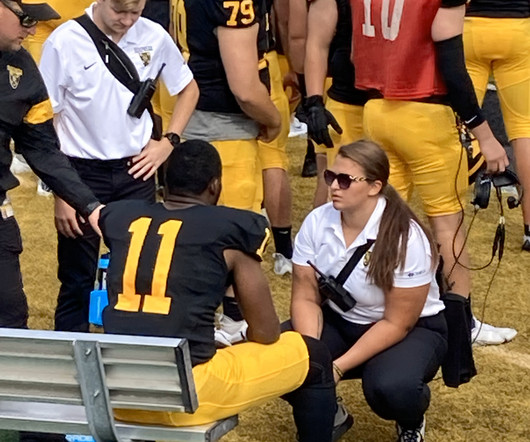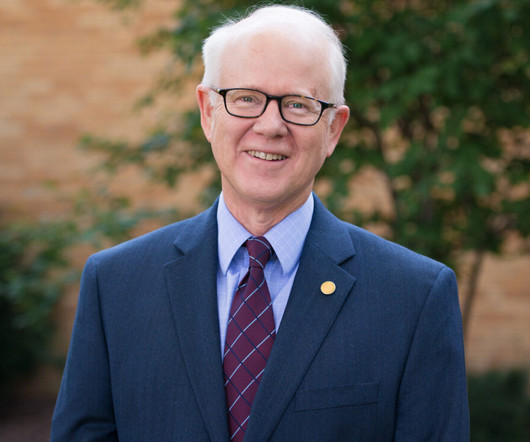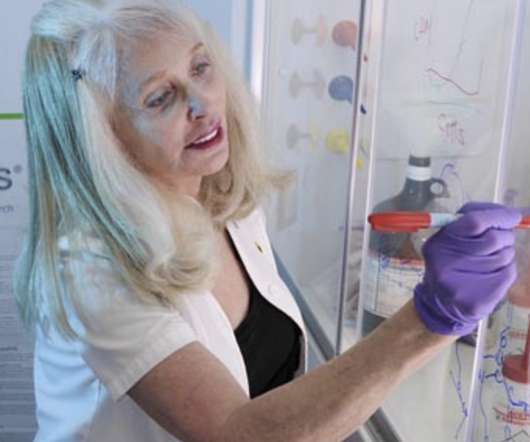Why supply chain insights are key for liberal arts programs
University Business
DECEMBER 19, 2022
The coursework in the crosshairs isn’t hard to divine, either: liberal arts mainstays such as literature, history, anthropology, sociology, philosophy, and psychology. Those with liberal arts degrees took umbrage. Many political science majors do become policymakers—and the degree is a well-trodden stepping stone to law school.












Let's personalize your content